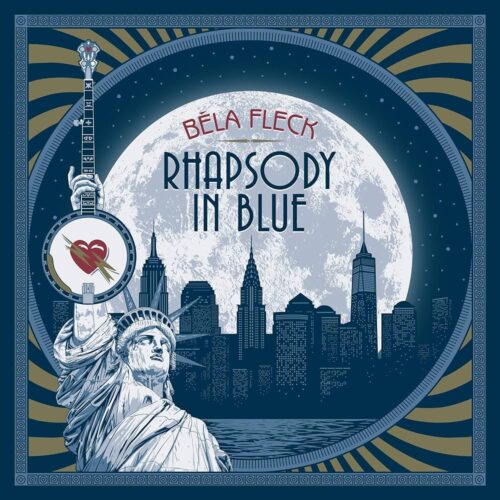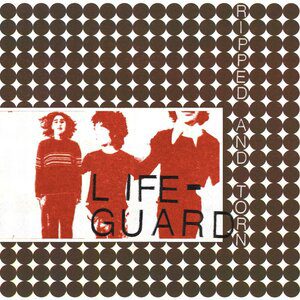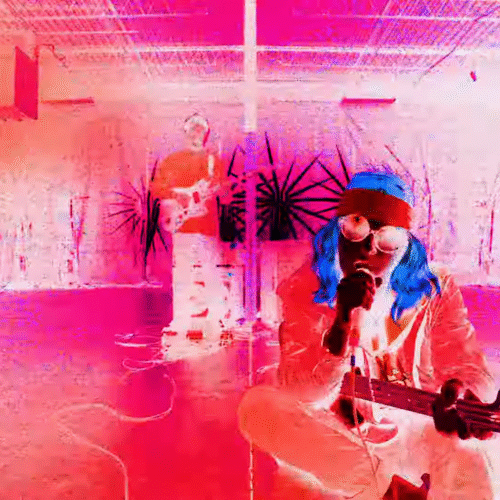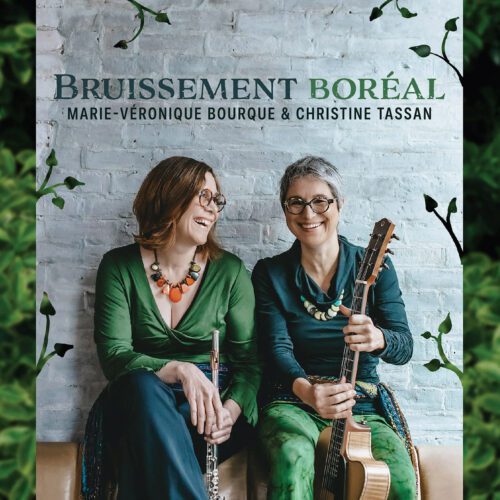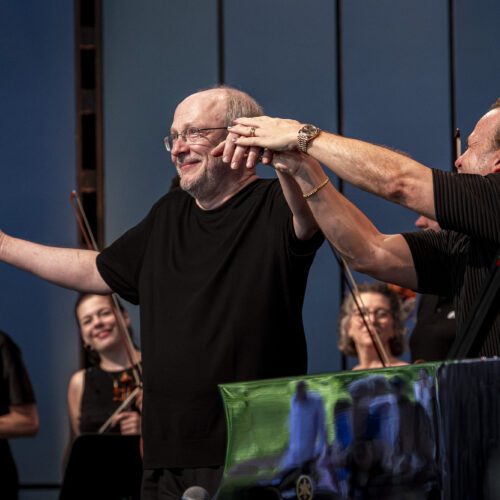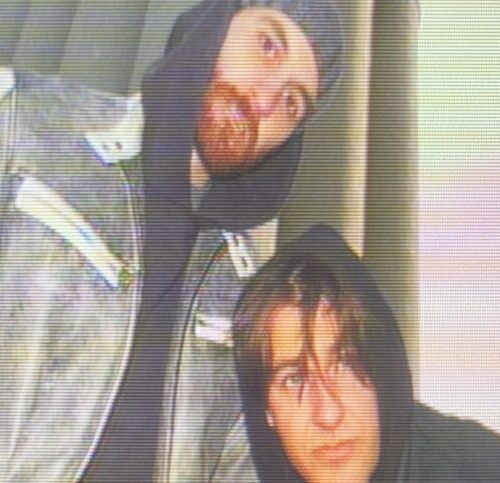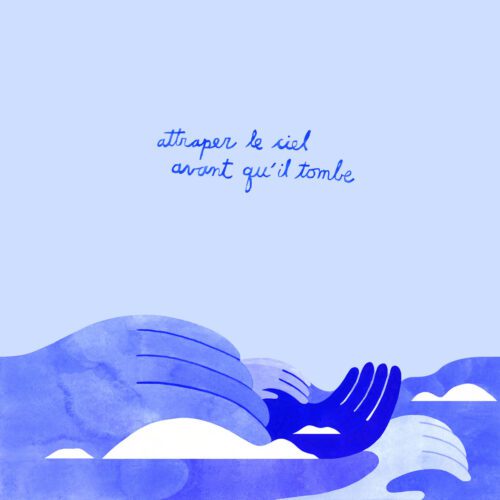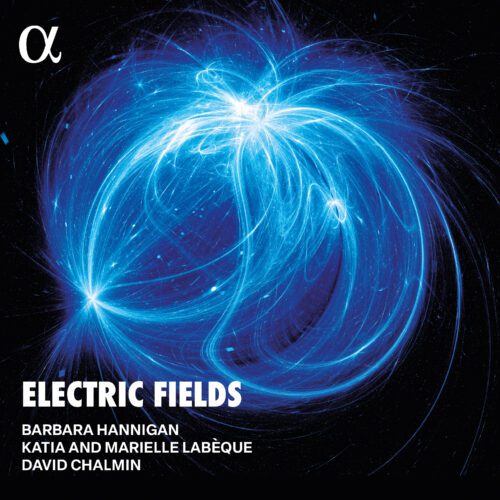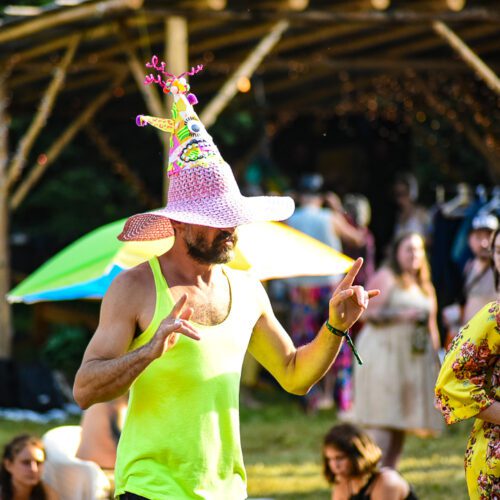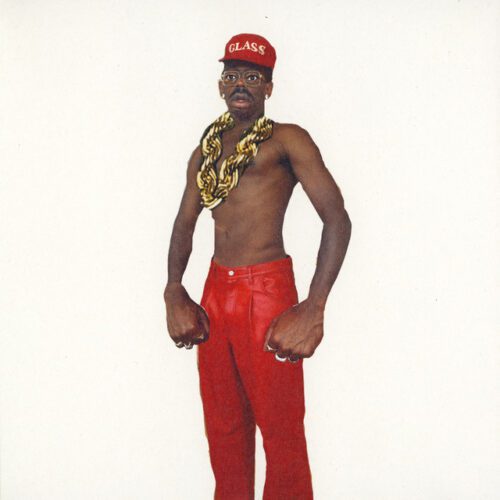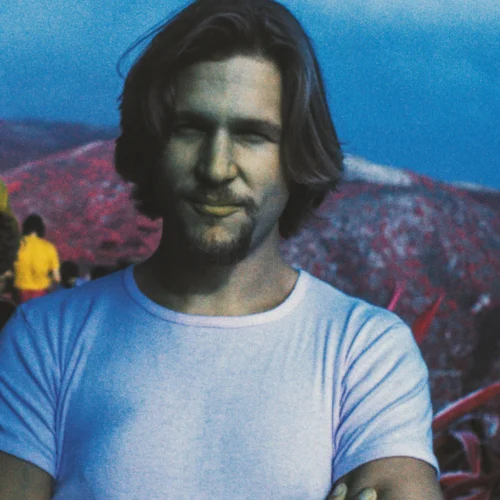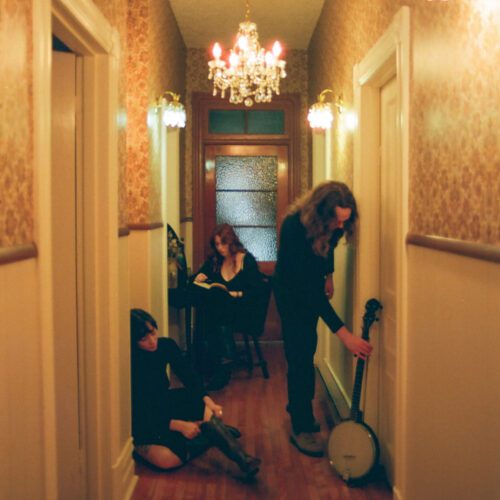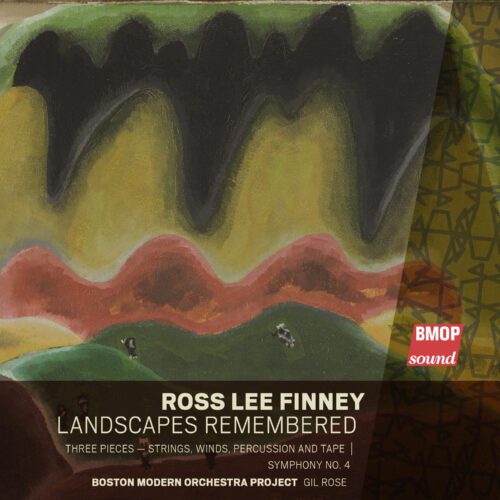On February 12, 1924, in a dark and overheated room, according to the American network National Public Radio, George Gershwin played, for the first time, the piece Rhapsody In Blue which would forever transform the American musical world.
With its easily recognizable bluesy clarinet surges paired with piano that was partly inspired by jazz, Rhapsody in Blue became the first known orchestral musical work to fuse classical and jazz music. The piece caused a scandal before eventually winning over music lovers.
A hundred years later, the very versatile banjoist Bela Fleck offers us his own commemoration of George Gershwin’s piece, available in different forms.
The first version is called Rhapsody in Blue(grass), in which Fleck and the My Bluegrass Heart quintet improvise on the main themes of the original piece. Violin, mandolin, bottleneck guitar, banjo and bass exchange fluidly with great virtuosity. I believe that Gershwin, who wanted to create scholarly music that was inspired by all-American reality, would have appreciated it.
The second reinvention is more in line with the original creation, with the clarinet and the orchestra. Except that the piano is here replaced by the banjo. Hence a Rhapsody in Blue for banjo and orchestra, in this case, the Virginia Symphony Orchestra.
Finally, we will be treated to Rhapsody in Blues, where bluegrass instruments start playing blues. This shows that the styles of American music are often closer than we might think.
To complete, Bela Fleck offers us two solo pieces on the banjo, Rialto Ripples and Unidentified Piece for Banjo, by George Gershwin.
Bela Fleck always manages to make a banjo sound like we have rarely heard it. This is some very high four-string aerobatics.
After last year’s album As We Speak, recorded with Indian musicians, which we reviewed on PAN M 360. This time, Bela Fleck invites us to dive back into the roots of contemporary American music. We would be crazy not to go.
